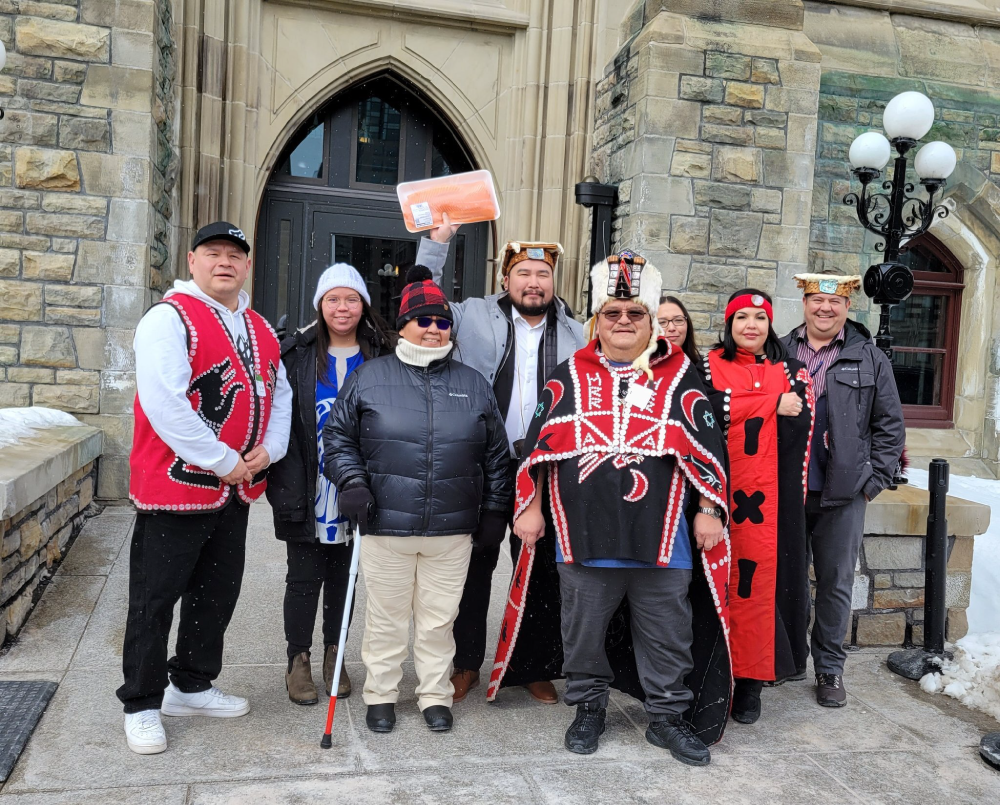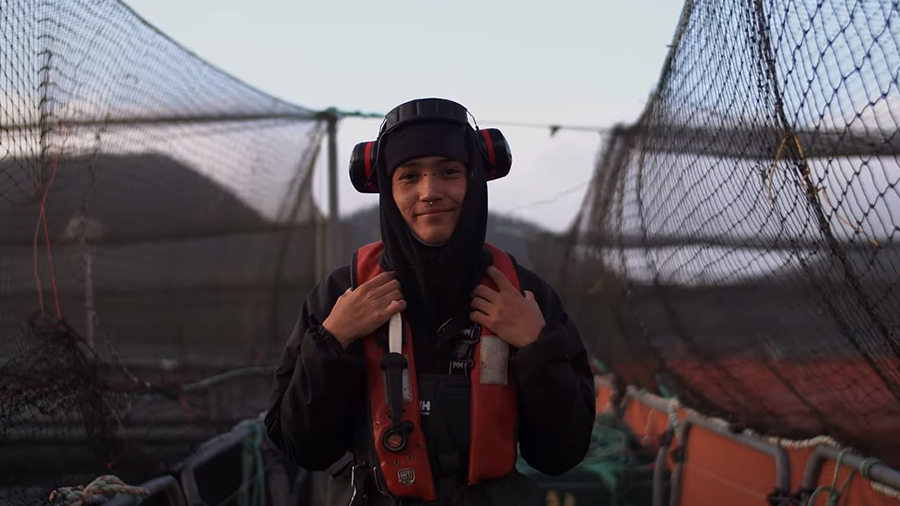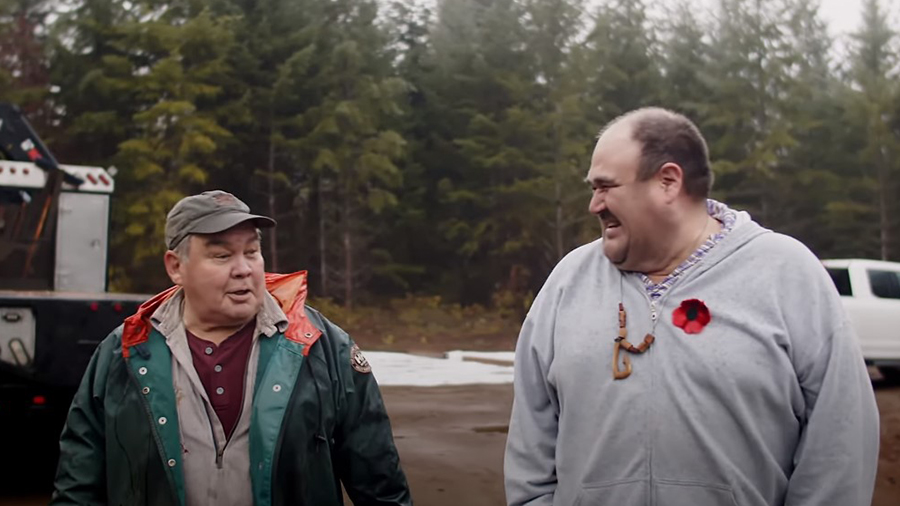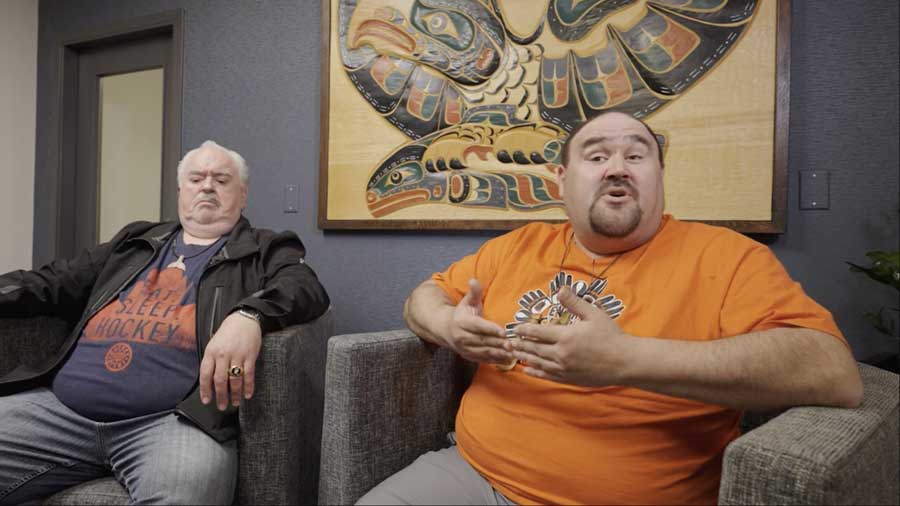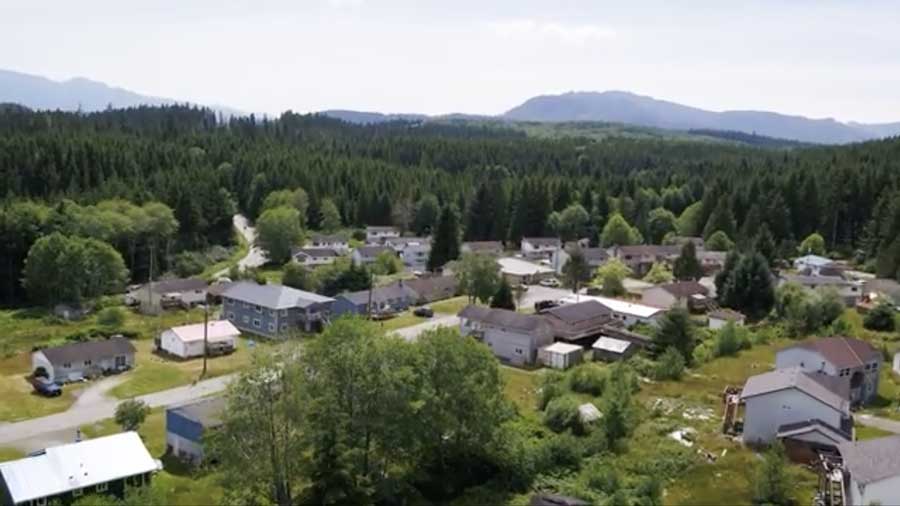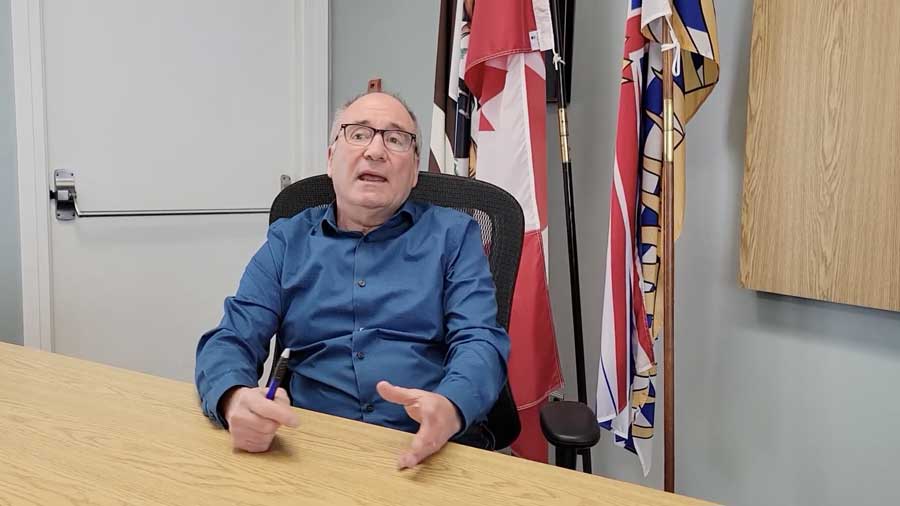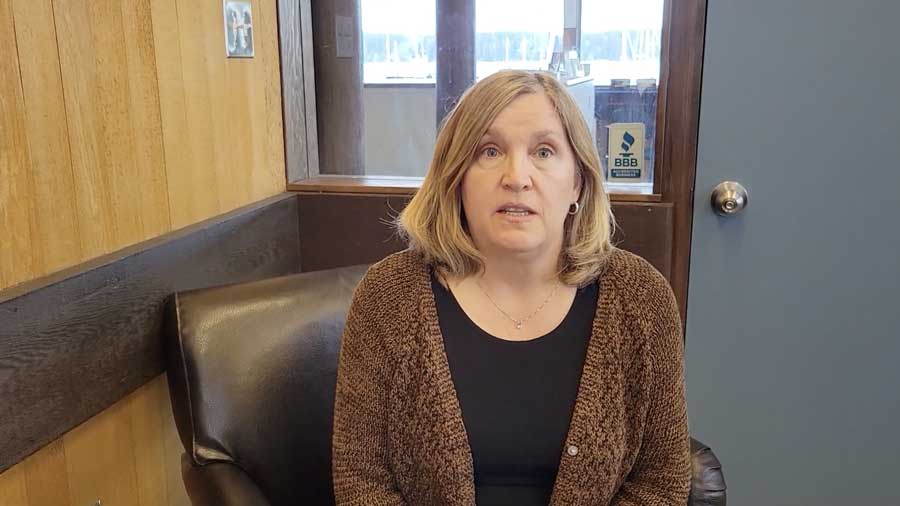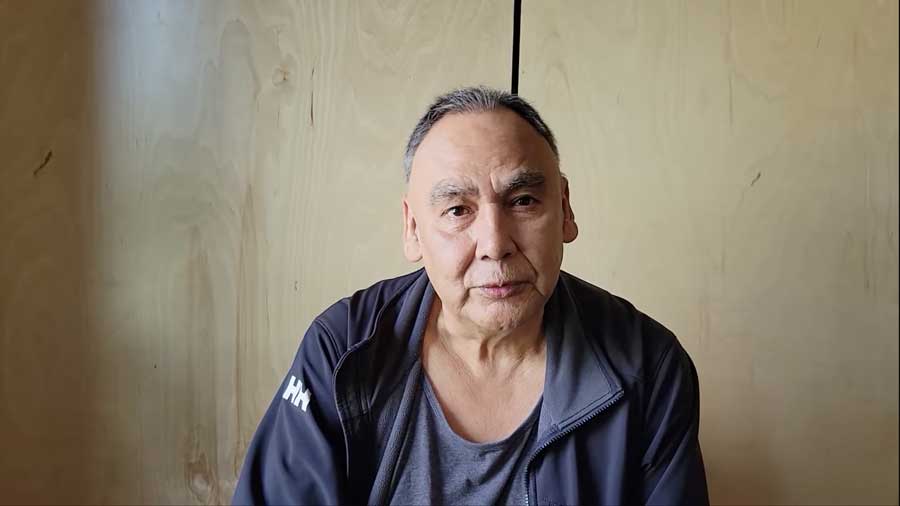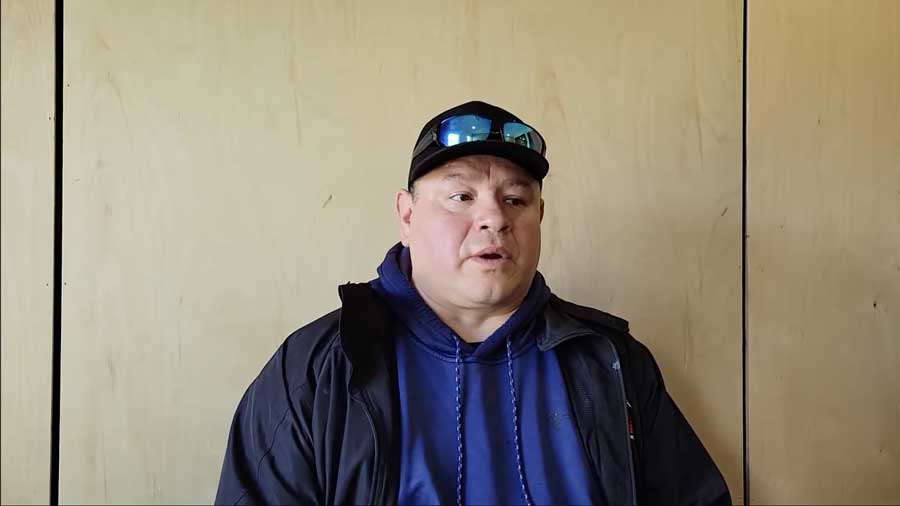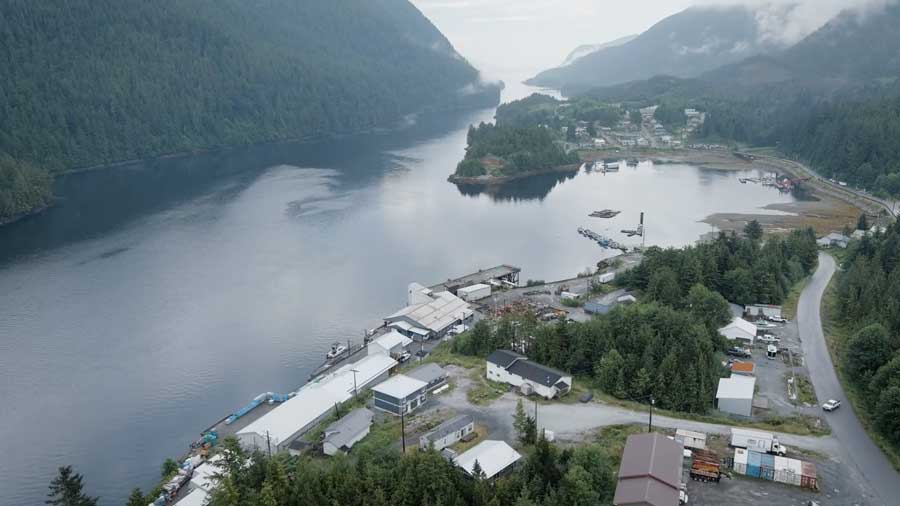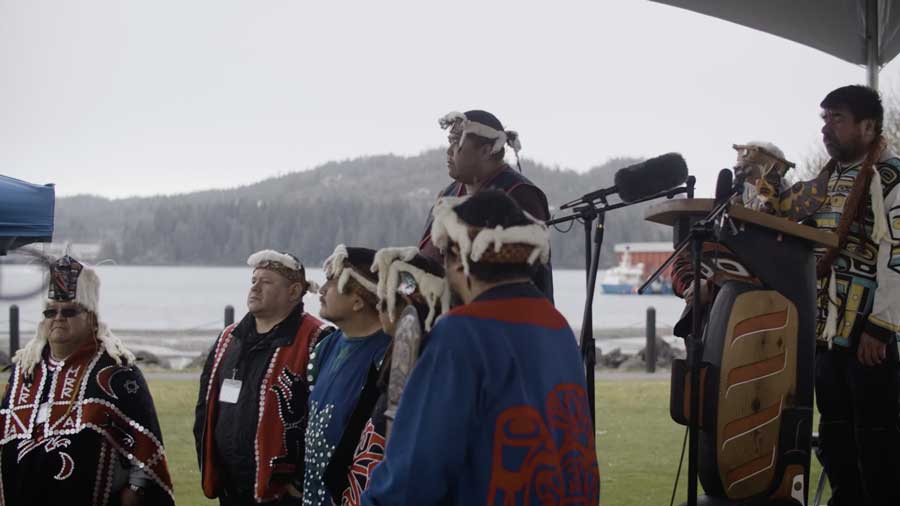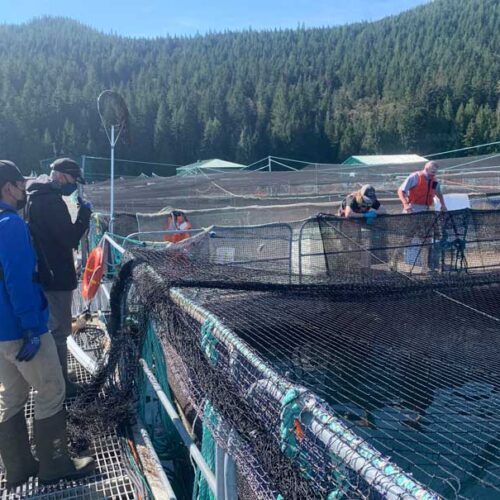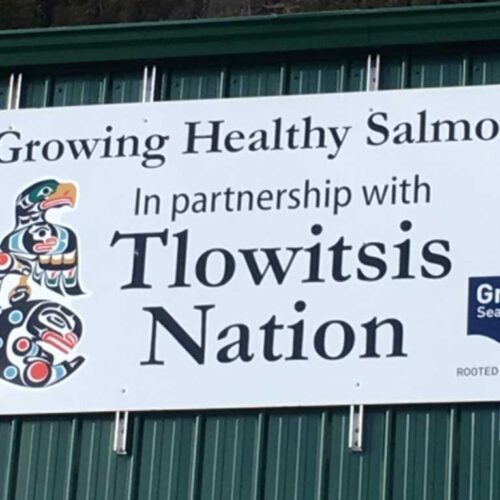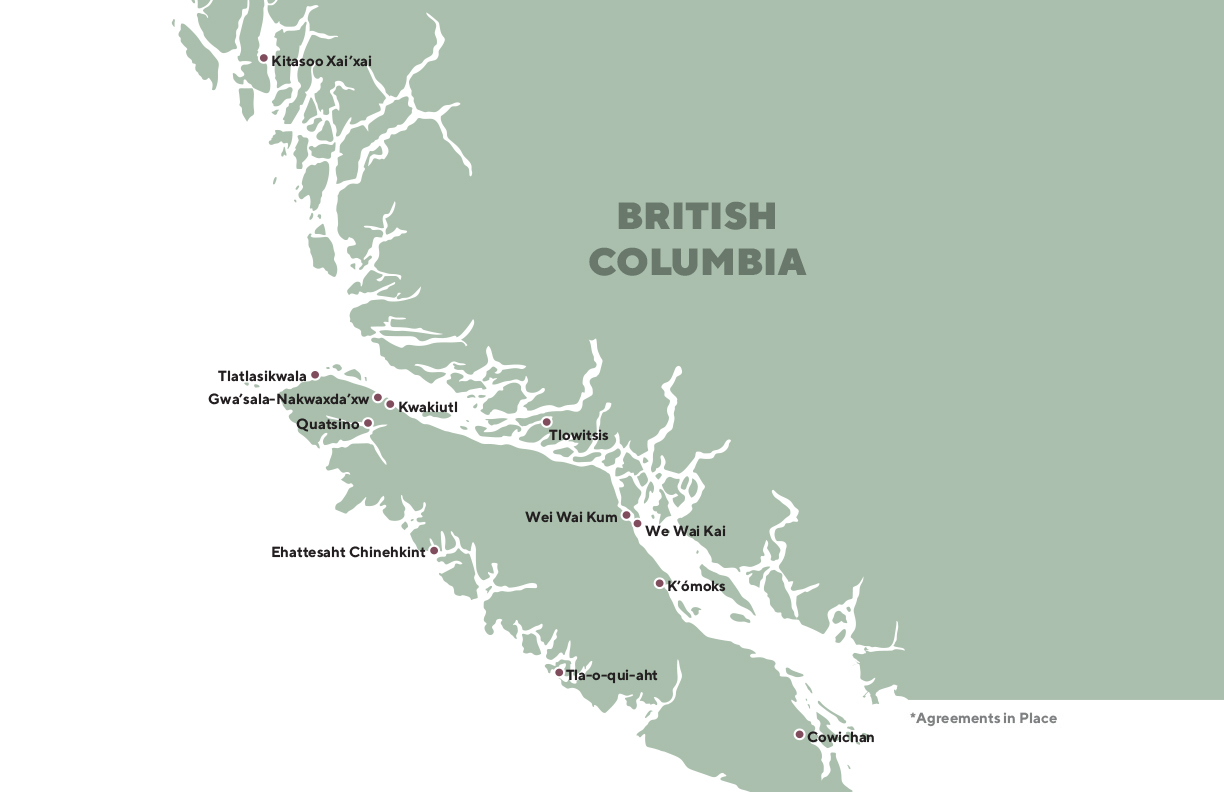100% of B.C. Farmed Salmon is raised in partnership with First Nations
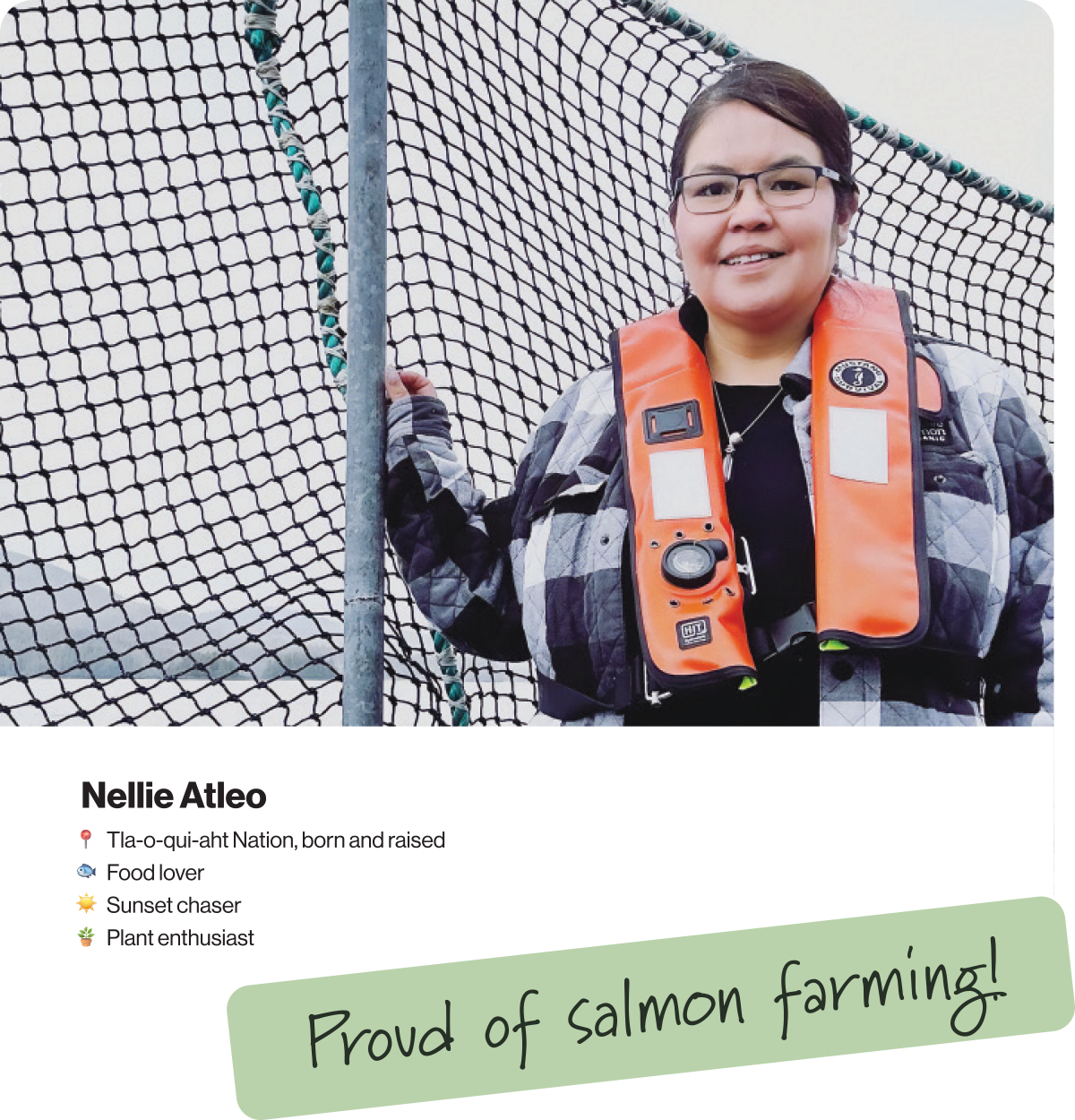
Our Side of the Salmon Farming Story
Many Canadians have been led to believe that all BC First Nations are actively opposed to salmon farming, but this is not the reality. Seventeen First Nations, many of whom make up the Coalition for First Nations for Finfish Stewardship (FNFSS), have a variety of relationship agreements with finfish aquaculture companies, with the longest going back over two decades.
Nations that participate in the Coalition span from western and central Vancouver Island to BC’s central coast, and their territories make up most of the south coast of British Columbia. They have been working alongside the Department of Fisheries, Oceans and the Canadian Coast Guard (DFO) and the Province of British Columbia to develop a framework for the modernization of salmon farming in their traditional waters.
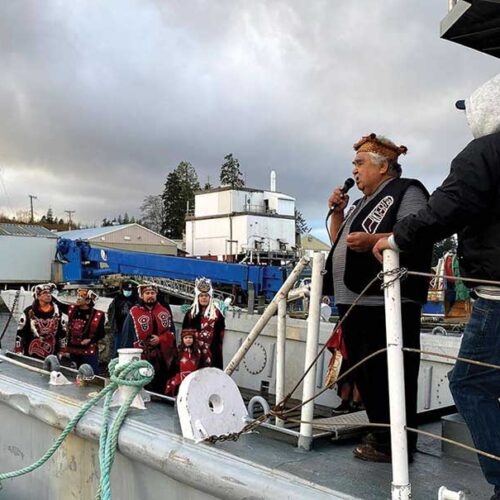
2. Federal, Provincial Governments Must Support First Nations Rights, Title, and Reconciliation
The FNFFS is deeply opposed to the past decisions made by the Federal Government disregarding science and bowing to unfounded activist claims, and removing salmon farms from some First Nations’ territories without their consent or proper consultation. These actions did not respect the rights and titles of First Nations and went against the fundamental principles of the United Nations Declaration of the Rights of Indigenous Peoples (UNDRIP) that the Federal Government has ascribed to through Bill C15, and the British Columbia Declaration on the Rights of Indigenous Peoples Act (DRIPA). Moving forward with the current Fisheries Minister and her mandate to work with First Nations on the transition of the sector in our territories, we expect the Federal Government to uphold its commitment to reconciliation and the rights of Indigenous peoples and their recent promise to support the participation of First Nations in the management of ocean resources, including fisheries and aquaculture
3. First Nations are Committed to Environmental Stewardship and Restoration in Their Territories
The protection of wild salmon is a priority for coastal First Nations, who would not put centuries of stewardship at risk for short-term gains. The oversight of farms in their territories and transparency from the sector are key to protecting wild salmon and the marine sources within their territories. In many cases where there are agreements with companies, Indigenous guardians monitor farm sites and independent biologists ensure that the production is done according to sustainable principles negotiated with companies. Companies are held accountable for their actions. As well, often at the request and direction of the Nations, producer companies are committing to constant improvement of their practices through technology and innovation.
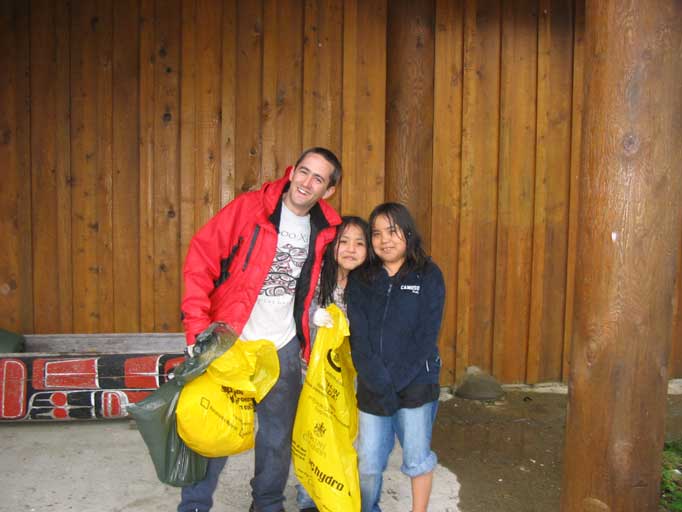
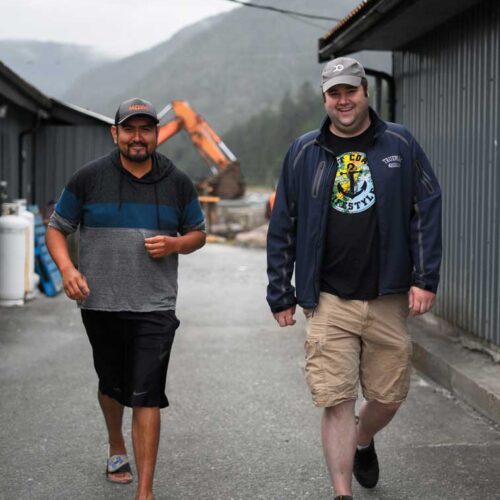
4. Aquaculture can Contribute to Self-Determination by Lifting Communities from Dependency and Poverty
Seventeen First Nations have negotiated agreements with one or more producer companies that are operating within their territories. Respect, reconciliation, and recognition of First Nations governance, territory, and their position as rightsholders are central to protocol agreements. Most agreements address operational plans, environmental stewardship, wild salmon protection and enhancement, economic development opportunities, profit sharing, employment, and emerging business opportunities.
With 40% of the fish farms in BC closed in recent years, nearly 400 jobs have already been lost, small businesses have been impacted, and food bank lines are longer in communities like Port Hardy on Northern Vancouver Island. Considering the impact on remote communities, any further decision-making regarding the future of the sector must be done so with Rightsholder Nations at the table, and with their communities top of mind.
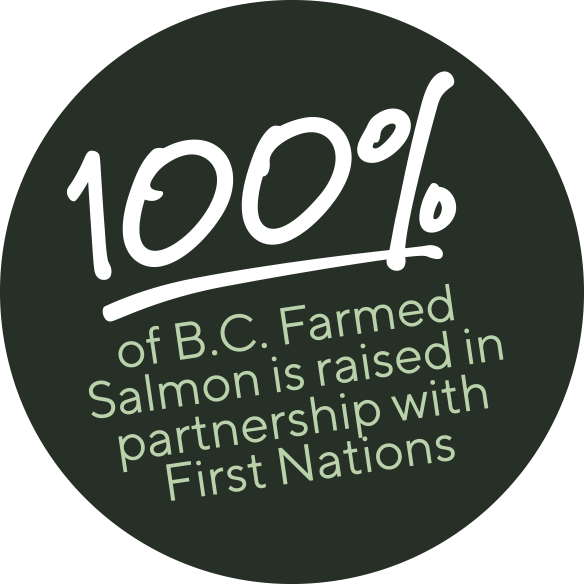
Our Plan for Salmon Aquaculture in BC
The FNFFS has developed a Nations-led, science-backed, and industry supported plan for salmon aquaculture that is responsible, realistic, and achievable, and will drive the following five outcomes for their rural communities:
- Wild salmon revitalization
- Economic Reconciliation
- An Indigenous-led Blue Economy
- Social and ecological well-being for their territories and communities
- Food security and affordability for their communities and all Canadians
The plan ensures that the future of salmon farming in BC is led by the Nations in whose territories the farms operate, while retaining good, sustainable, year-round jobs and building economic and scientific capacity in Indigenous communities. It requires specific commitments from the DFO and the Federal Government to succeed, including:
- Government investment in territory-specific Indigenous-led science, technology, and stewardship.
- Greater investment and broader, territory-specific siting and implementation of new barrier and monitoring technologies.
- The completion of social and economic impact studies in First Nations communities to understand the significance of the presence of the modern salmon-farming sector.
- Greater trust and transparency in data-sharing between DFO, industry, ENGOs and First Nations.
- The creation of a new Indigenous Centre for Aquatic Health Sciences (ICAHS) in Campbell River to unite western science and Traditional Knowledge in modern scientific methods, as well as provide a coastal training centre for Guardian Watchmen and scientific capacity building for Indigenous communities.
- The immediate renewal of long-term salmon farm licensing (9 years) for investment security and growth.
Read more in our latest news.
What Salmon Farming Means to First Nation Communities
In total, BC’s farmed salmon sector is estimated to generate $29.2 million in economic activity within First Nations, $16.7 million in GDP, and 247 jobs earning $12.8 million in wages per year. Further benefits are generated outside of First Nations communities, amounting to $54.2 million in economic activity, $31 million in GDP, and $23.8 million in wages for 460 workers. Some of these benefits accrue to First Nations members living outside their communities.
17
First Nations with formal agreements
276
Employees that identify as Indigenous
21
Contracts with Indigenous-owned businesses and suppliers
$11.5M
Payroll for Indigenous employees
$24M
Total spend on Indigenous-owned businesses
$12.1M
Financial support via protocol/benefit agreements
$2.4M
Annual support outside agreements
$50M
Total direct economic benefit
As relationships with the farmed salmon sector continue to strengthen and diversify, the ability for First Nations to keep these economic benefits within their communities will increase.
Within First Nation Communities (est)
Outside Communities (est)
Total
Number of FTE Jobs
247
460
707
Number of FTE Jobs
247
460
707
Wages ($ Millions)
$12.8
$23.8
$36.6
Additional Economic Activity ($ Millions)
$29.2
$54.2
$83.3
GDP ($ Millions)
$16.7
$31.0
$47.8
Total Economic Benefit for First Nations ($ Millions)
$42.0
$78.0
$120.0
Is Anyone Listening?
Stop Closing BC Salmon Farms
The Dallas Smith Story
Chief John Smith and Dallas Smith, Tlowitsis First Nation
James Wallas, Quatsino First Nation
Dennis Dugas, Mayor, District of Port Hardy
Shelley Downey, Elected Councillor, Town of Port McNeill
Chief Terry Walkus, Gwa’sala-‘Nakwaxda’xw Nation
Albert Charlie, Coucillor, Gwa’sala-‘Nakwaxda’xw Nation
Isaiah Robinson, Elected Councillor, Kitasoo/Xai’xais Nation
Salmon Farming is Life-changing
Seventeen First Nations have negotiated agreements with one or more producer companies that are operating within their territories. Respect, reconciliation, and recognition of First Nations governance, territory, and their position as rightsholders are central to protocol agreements. Most agreements address operational plans, environmental stewardship, wild salmon protection and enhancement, economic development opportunities, profit sharing, employment, and emerging business opportunities.
Every First Nation is taking their own approach to these relationships some are in favour of industry and others have decided not to have salmon farms in their territories. Not all Nations with agreements are shown in this map.
